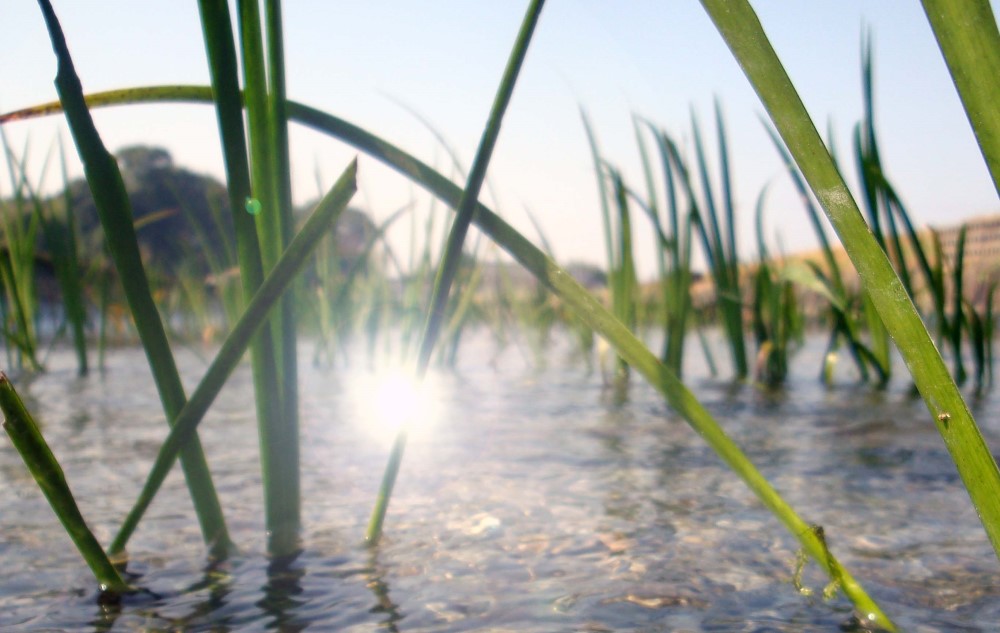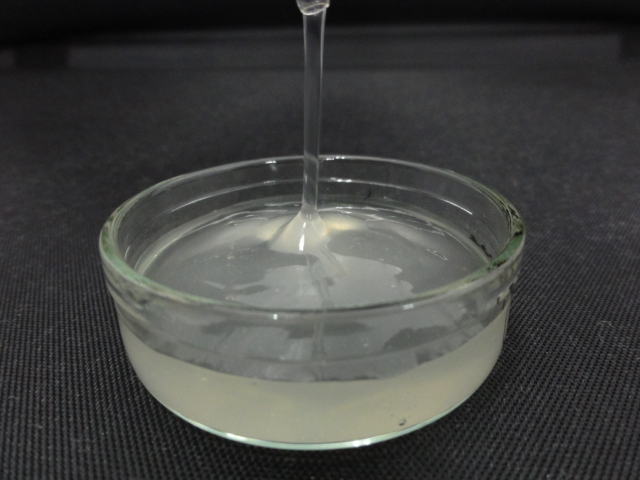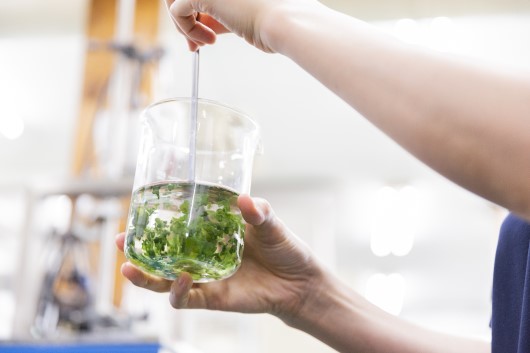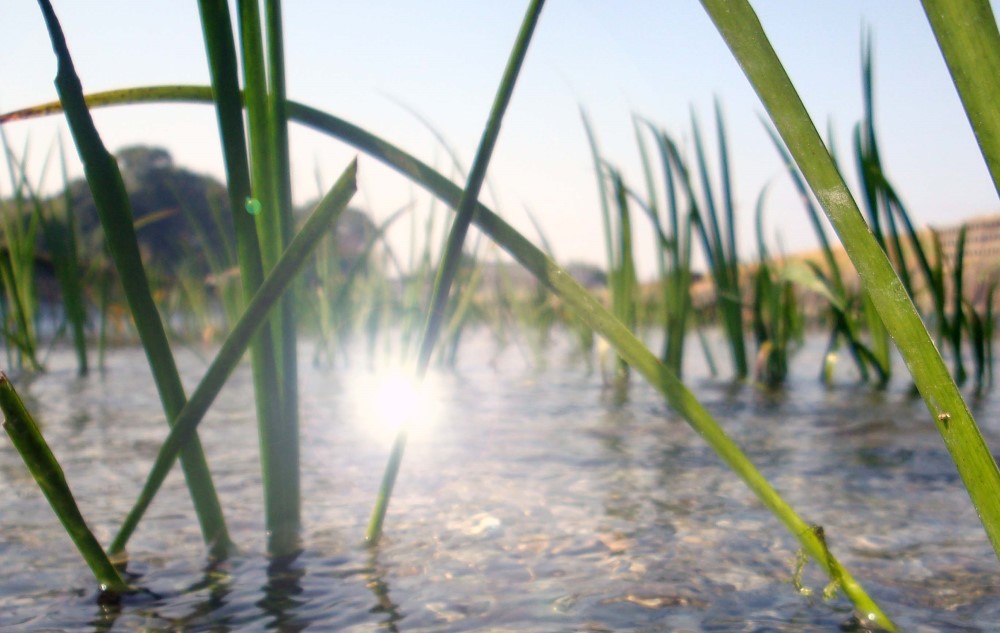Protecting nature


















Hyaluronic acid is a synthetic ingredient. SACRAN. on the other hand, is of entirely natural origin.
There exist several other natural products that exhibit excellent moisturizing properties,
but SACRAN stands out as an exceptional cosmetic ingredient because of its multifunctionality.

SACRAN is extracted from suizenjinori, an alga that only grows in the pure water springs located at the foot of Mt. Aso volcano in Kumamoto prefecture.
Suizenjinori has been cultivated for human consumption by locals for hundreds of years and tradition says that it possesses great health benefits. It was even offered as a gift to Shoguns, the rulers of Japan during the Edo period
Until the early 90’s, suizenjinori algae were abundant in Lake Ezu, located nearby the gardens of Suizenji temple in Kumamoto prefecture. But since then, the construction of a dam and the rerouting of the nearby rivers greatly decreased both the water level of the springs and the quality of the water itself. Consequently, the harvesting of algae declined rapidly. Suizenjinori is now an endangered species that can only be found in some rivers and springs of Kumamoto and Fukuoka prefecture.
However, in an endeavor to take advantage of the extraordinary usefulness of suizenjinori while also protecting this vulnerable species, the Japan Advanced Institute of Science and Technology conducted extensive research and, in a world first, successfully extracted SACRAN from suizenjinori. SACRAN is an exceptional skin moisturizer: 1g can retain up to 6 liters of water. Not only that, but thanks to its specific molecular structure it creates a film when applied on the skin that protects against air pollutants such as tobacco smoke, car exhaust gases and PM2.5. These very characteristics make it perfectly adapted to sensitive skins which are particularly affected by such chemicals.

In recent years, studies have shown that SACRAN might also exhibit antiallergenic effects (such as for atopic dermatitis). Unfortunately, SACRAN has an extremely specific structure that makes it impossible to produce synthetically. In addition, though aquaculture of suizenjinori had been considered for a while, it appears to be technically difficult for the time being. It is, therefore, necessary to help suizenjinori thrive naturally in order to be able to use SACRAN as a cosmetic ingredient on a large scale.
The restoration and preservation of the natural environment of Mt. Aso volcano is vital if we are to enjoy the bounty of the springs and waterways in the area. The use of SACRAN in cosmetics is thus intertwined with the health and vitality of the natural environment. At Daito Kasei, we are excited to know that by assisting efforts to propagate suizenjinori responsibly, we can help to preserve this extraordinary species for future generations. Working with local residents, we act to make possible an environment where suizenjinori could thrive again. We are proud to be involved in a project that aims to protect and restore the environment so that we can enjoy its blessing: the pure waters of the Aso springs.
To that end, we are working with local residents to rehabilitate the environs in order to make it possible for suizennori to once again thrive in the pure waters of the Mt. Aso springs.
At Daito Kasei, we are excited to know that by assisting efforts to propagate suizenjinori responsibly, we can help to preserve this extraordinary species for future generations.
